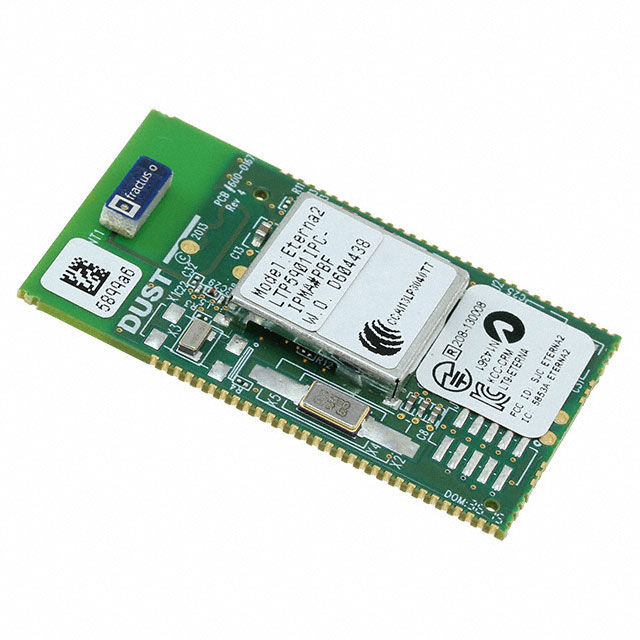Why Are AC Motors the Driving Force Behind Industrial and Household Innovation?
- joddiemarshall6
- Jul 31
- 3 min read
Alternating Current (AC) motors are silent workhorses that power much of the modern world—from production floors and industrial automation to everyday appliances. While often operating behind the scenes, their impact is far-reaching, delivering efficient, reliable, and scalable solutions for motion and control.
Unlike direct current (DC) motors, AC motors leverage the alternating nature of current to generate rotational motion. Their simplicity, robustness, and ability to operate directly from standard electrical outlets make them a preferred choice in countless applications.
What Defines an AC Motor and How Is It Built?
At its core, an AC motor consists of two primary components: the stator and the rotor. The stator creates a rotating magnetic field, which induces current in the rotor, causing it to turn and produce mechanical energy.
The Stator
A stationary coil wound with insulated copper wire
Connected to an AC power source to create a rotating magnetic field
The Rotor
A rotating shaft made from laminated iron cores
Induced by the magnetic field, causing movement without direct electrical contact
Together, this interaction allows AC motors to function with minimal maintenance, reduced wear, and enhanced longevity.
What Types of AC Motors Exist in Today’s Market?
AC motors are generally classified based on their operational mechanism. Each type is tailored to specific use cases, from industrial machinery to domestic appliances.
Induction Motors
Most commonly used
Cost-effective and durable
Single-phase versions for domestic applications
Three-phase versions for industrial machinery
Synchronous Motors
Rotates at a constant speed synchronized with the frequency of the power supply
Offers precise control, making it ideal for automation and robotics
How Are AC Motors Revolutionising Different Sectors?
AC motors are incredibly versatile. Their ability to adapt to different power loads, environments, and control requirements makes them essential across various industries.
In Manufacturing
Powering conveyor systems, pumps, and compressors
Driving CNC machines, mills, and grinders
Automating assembly lines and robotic arms
In Commercial Facilities
Supporting HVAC systems and refrigeration units
Operating escalators, lifts, and automated doors
Running commercial kitchen and laundry equipment
In Household Appliances
Found in washing machines, ceiling fans, and dishwashers
Used in garage door openers and air conditioners
Common in vacuum cleaners and exhaust fans
What Are the Core Advantages of AC Motors?
The continued demand for AC motors comes down to their robust benefits in both technical and economic terms.
Simple construction and low cost
Minimal maintenance due to brushless operation
Excellent efficiency in continuous-duty environments
Compatibility with standard AC power without converters
Long operational life with fewer failure points
Why Are Variable Frequency Drives (VFDs) Changing the Game?
VFDs are revolutionising how AC motors function by allowing control over speed and torque. By adjusting the frequency and voltage supplied to the motor, VFDs enable energy savings, smoother startups, and more intelligent motor management.
Enhance motor efficiency under varying loads.
Reduce mechanical stress during startups and stops.
Enable advanced process control and system integration.
Lower electricity consumption in variable speed applications
What Role Do AC Motors Play in Automation and Smart Systems?
Modern automation and smart infrastructure demand reliable and adaptable components. AC motors rise to the challenge by integrating easily with digital controls and IoT-enabled environments.
Real-time performance tracking with integrated sensors
Predictive maintenance through intelligent analytics
Seamless integration with industrial PLCs and SCADA systems
Remote monitoring and fault diagnostics
How to Choose the Best AC Motor for Your Project?
Choosing the right motor involves more than just power ratings. It requires a holistic evaluation of the system, environment, and performance goals.
Consider load type—constant or variable.
Evaluate environmental factors like temperature and humidity.
Determine necessary torque and speed requirements.
Choose the correct voltage and frequency compatibility.
Assess mounting constraints and frame size availability
What’s New in AC Motor Technology?
The field of AC motor technology is continually evolving, with innovations focused on sustainability, performance, and digital integration.
High-efficiency designs (IE3, IE4, and IE5 ratings)
Compact, lightweight materials for mobile applications
Sensor-equipped motors for real-time feedback
Hybrid motors with both synchronous and asynchronous characteristics
Advanced thermal management systems
Final Thoughts: Are AC Motors the Future of Sustainable Motion?
AC motors have proven themselves not just as foundational components of electrical systems, but as evolving instruments of technological progress. With growing demands for energy conservation, digital control, and operational efficiency, AC motors are perfectly positioned to remain the dominant force in powering systems of all sizes.
Their combination of simplicity, adaptability, and intelligent control makes them ideal for a future driven by automation, sustainability, and innovation. Whether you’re building an advanced factory or designing energy-efficient home solutions, AC motors are a cornerstone worth relying on.



Comments